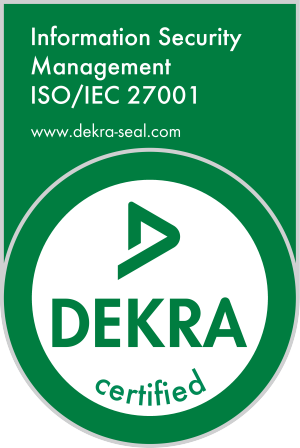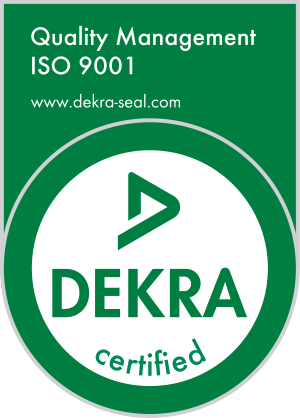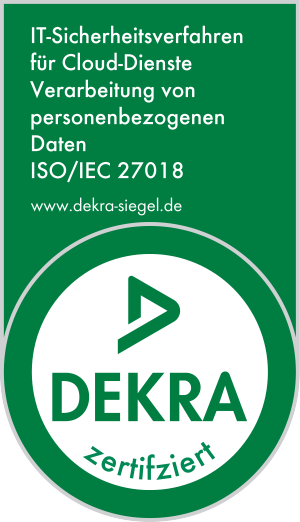An EDI migration can be stressful and resource-intensive – with high stakes. There’s little to gain from a successful migration beyond maintaining business continuity, but plenty to lose if things go wrong. Even small errors can have lasting repercussions for customer relationships.
An innovative tool like the government-backed WOYB EDI Navigator helps reduce both effort and risk. It automatically analyses and evaluates real production data, making the entire migration process faster, more reliable, and more transparent. What was once a “black box” is now a clearly visible, controlled process.
Why Smooth EDI Migration Matters
Reliable EDI migration is vital, as it involves reimplementing business-critical processes. Key points to bear in mind include:
Your largest and highest-value customers are usually connected via EDI. Any errors here can quickly escalate into serious business problems.
The entire order-to-cash process for these customers relies on flawless electronic data exchange. Disruptions can have long-lasting negative consequences.
Poor supplier ratings or even lost orders are very real risks when migration goes wrong.
Common Pitfalls of Traditional EDI Migration.
Traditional EDI migration methods come with several challenges. One common issue is incomplete or outdated mapping specifications. Mappings are usually based on old interface descriptions or small data samples. Even when documentation is available, it may be overly detailed and complex, with much of the content irrelevant to your business needs.
When an implementation is based solely on individual data records, special surcharges, discounts, or unique packaging details often get overlooked, leading to IT cost overruns, late payments, or even production downtime for customers.
Another challenge is the isolated approach, where interfaces are analysed and implemented separately without identifying common patterns. This leads to poor visibility into complexity, unpredictable workloads, and fragmented execution.
The same is true of quality assurance, which is often based on too few data records. This creates the risk of missing certain scenarios. In addition, business departments are often drawn into the QA process. While their involvement can improve accuracy, it takes valuable staff away from their core responsibilities, increasing costs and delays.
A Data-Driven Approach to EDI Migration.
Using a tool for automated analysis and evaluation tackles these issues with automated analysis and evaluation, enabling a smooth, efficient migration in three steps:
Step 1: Transparency
The first step is the automated analysis of all EDI data exchanged with each partner. This gives a clear understanding of the scope and complexity of every interface.
Step 2: Implementation
The second step is generating an optimised migration plan automatically. EDI partners are compared to identify similarities, greatly accelerating the migration process.
Step 3: Quality assurance
The final step is quality assurance. Here, IT test cases are identified automatically based on unique structural characteristics of each interface. Each feature becomes a test case, ensuring the mapping covers the full scope. Before go-live, all production data from recent months is run through the new system, and the results are compared at document level to complete QA.
Conclusion and Outlook.
The WOYB EDI Navigator delivers clear benefits at every stage of an EDI migration, bringing clarity, reducing the risk of production downtime, and cutting the manual workload, regardless of the ERP system, converter or service provider.
It offers an efficient, transparent, and high-quality response to the challenges of EDI migration. Early projects involving the Lobster Data Platform middleware have shown that the WOYB EDI Navigator plays a major role in optimising the migration process.
Future development aims to go one step further – automatically creating EDI mappings purely from live production data, or supplying systems such as the Lobster Data Platform with exactly the information they require. This innovative work has earned official recognition from the German Federal Ministry of Education and Research, certified under Section 6 of the Research Allowance Act (FZulG) and supported with state funding under the project title: “Development of an innovative algorithm for the automated creation of EDI mappings”.
About the Author
Dominik Koch, Managing Director of woyb GmbH has been working in EDI migration since 2008. Since 2017, he has focused on developing tools to automate and streamline EDI migrations.





